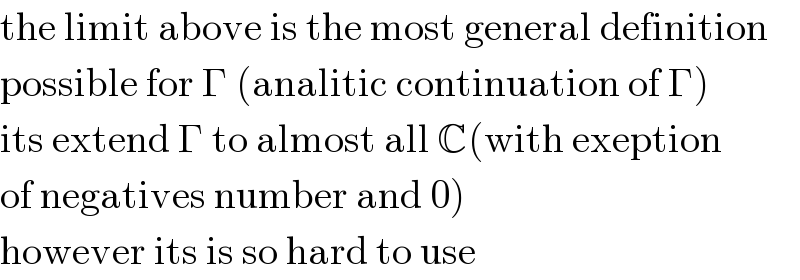Question Number 2891 by 123456 last updated on 29/Nov/15

Commented by Filup last updated on 30/Nov/15

Answered by Filup last updated on 30/Nov/15

Commented by 123456 last updated on 30/Nov/15

Commented by Filup last updated on 30/Nov/15

Answered by Filup last updated on 30/Nov/15

Commented by 123456 last updated on 30/Nov/15

Commented by Filup last updated on 30/Nov/15

Commented by 123456 last updated on 30/Nov/15

Commented by Filup last updated on 30/Nov/15

Commented by 123456 last updated on 30/Nov/15

Commented by Filup last updated on 30/Nov/15

Commented by Filup last updated on 30/Nov/15

Commented by Filup last updated on 30/Nov/15

Answered by Yozzi last updated on 30/Nov/15

Commented by 123456 last updated on 02/Dec/15

